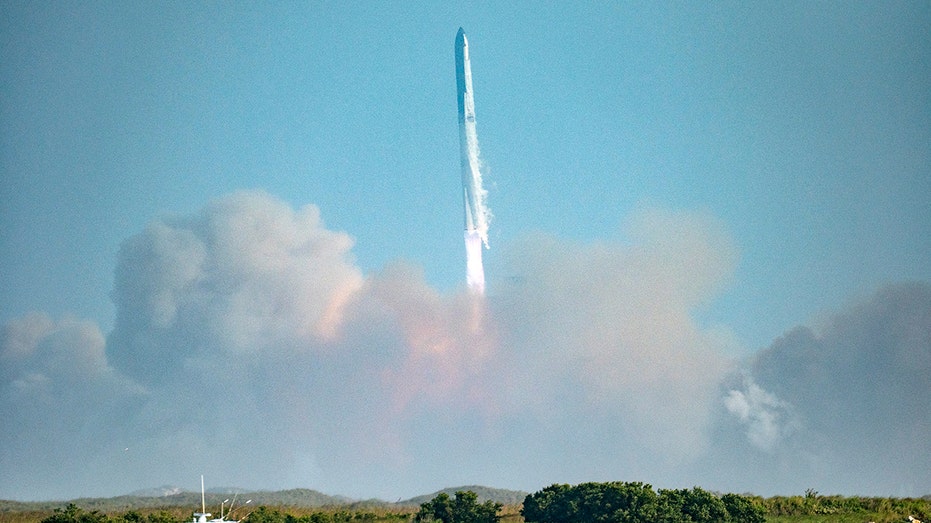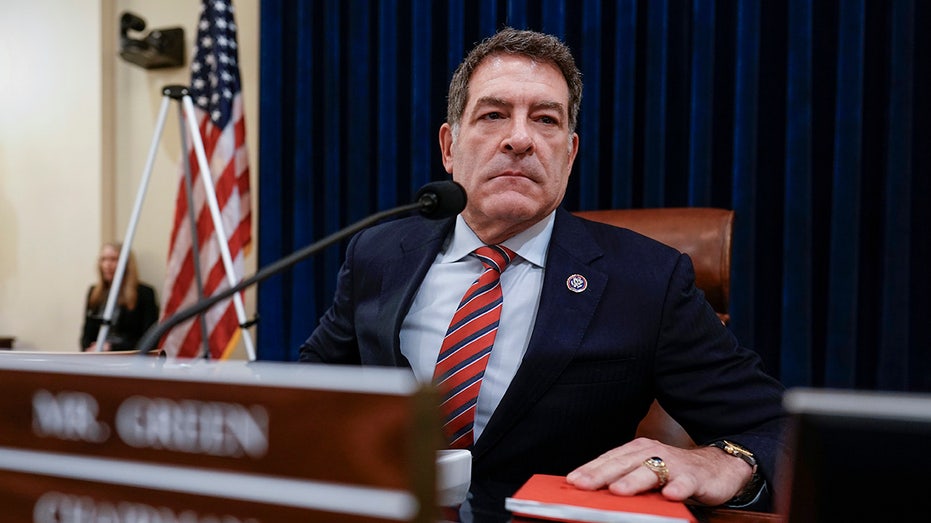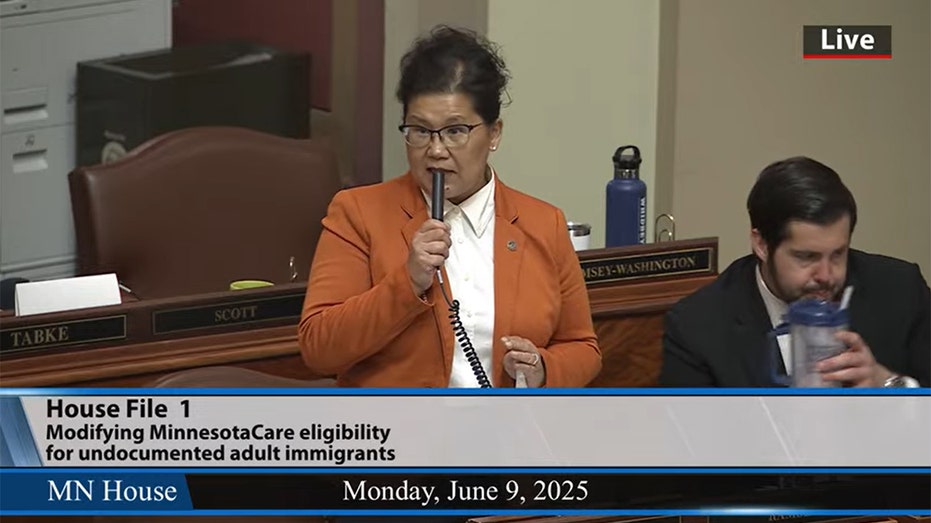SpaceX's Starship Flight 9 Ends in Booster Loss but Emphasizes Learning for Future Success
SpaceX's Starship Flight 9 crashes into Indian Ocean after booster failure and payload door malfunction, prompting FAA investigation.

SpaceX’s ambitious ninth test flight of its Starship spacecraft ended in failure on May 27 after launching from the company’s Starbase facility in Texas. The test, which aimed to advance the development of the world’s most powerful launch vehicle, encountered a series of technical setbacks shortly after liftoff, ultimately cutting the mission short.
The primary goals of the mission included deploying a set of eight Starlink simulator satellites and evaluating the spacecraft’s reentry system under challenging conditions—specifically with 100 heat-shield tiles intentionally removed. This was expected to provide crucial data for future missions aiming for rapid reusability.
After a seemingly successful launch and initial ascent, Starship began to spin uncontrollably in orbit. Investigations have pointed to a leak in the fuel system as the likely cause, which prevented the craft from maintaining the correct orientation for its heat-shield test. The loss of control made it impossible to gather meaningful data on how the partial heat shield would perform during reentry.
Further complications arose as the booster stage, responsible for aiding the spacecraft's return, was lost during its journey back through the atmosphere. In addition, the payload door—which should have released the Starlink simulator satellites—failed to open as intended during flight. While much of the remaining debris is expected to burn up on reentry, SpaceX has stated that surviving fragments are projected to land in the Indian Ocean.
This latest incident marks another in a series of setbacks for SpaceX’s Starship program. Prior test flights have also encountered difficulties, including an aborted flight in April this year. Despite these issues, SpaceX maintains that each mission yields valuable insights that will help refine the spacecraft’s design and overall reliability.
In a statement issued following the crash, SpaceX reaffirmed its commitment to learning from failures: “With a test like this, success comes from what we learn, and today’s test will help us improve Starship’s reliability as SpaceX seeks to make life multiplanetary.”
The Federal Aviation Administration (FAA) has been notified of the incident and is expected to lead a comprehensive investigation into the cause of the failure. At this time, there have been no reports of injuries or damage to surrounding property.
SpaceX has not released a schedule for its next test flight but signaled that development and refinement of the Starship system will continue at pace. The company emphasized the unpredictable nature of developmental testing, stating: “By putting hardware in a flight environment as frequently as possible, we’re able to quickly learn and execute design changes as we seek to bring Starship online as a fully and rapidly reusable vehicle.”
As the investigation unfolds and engineers pore over the latest test results, the space community watches closely for updates on when Starship will next attempt to push the boundaries of spaceflight. SpaceX did not immediately respond to requests for additional comment.




